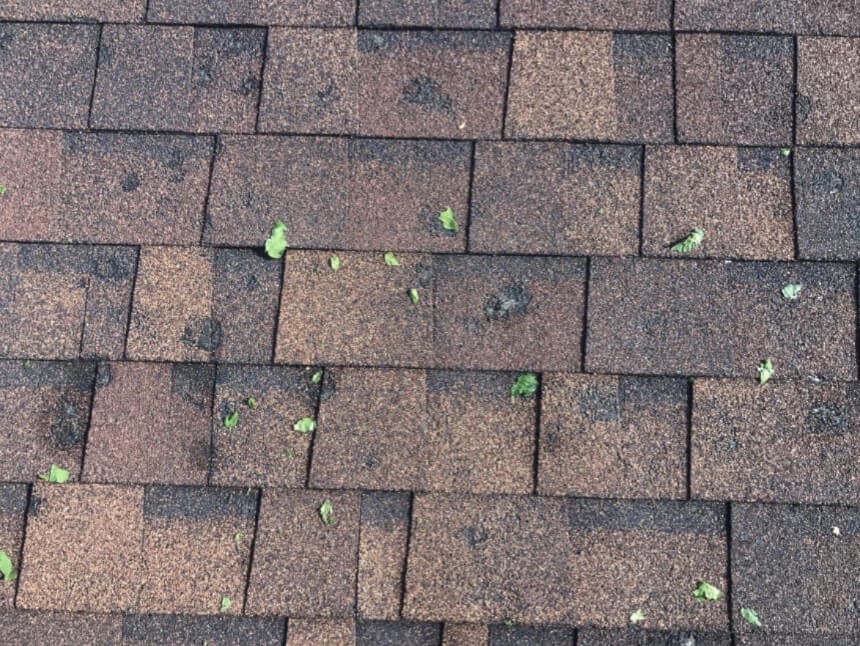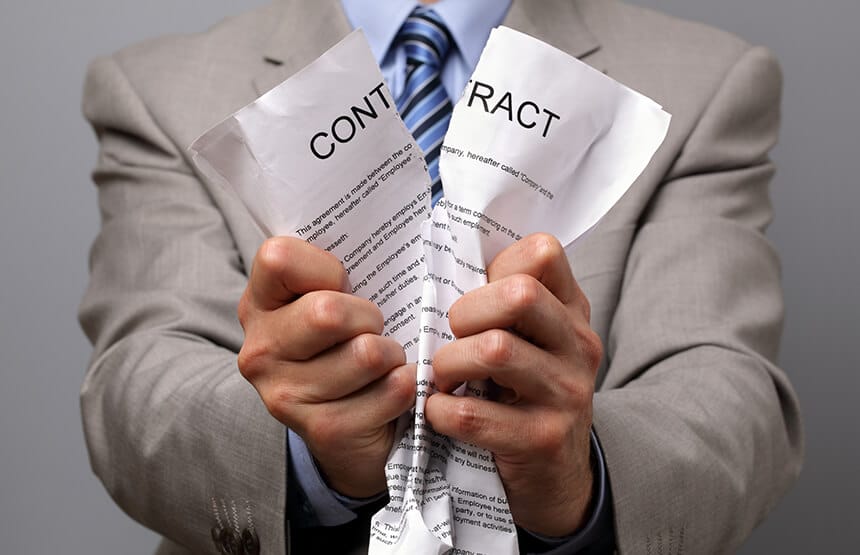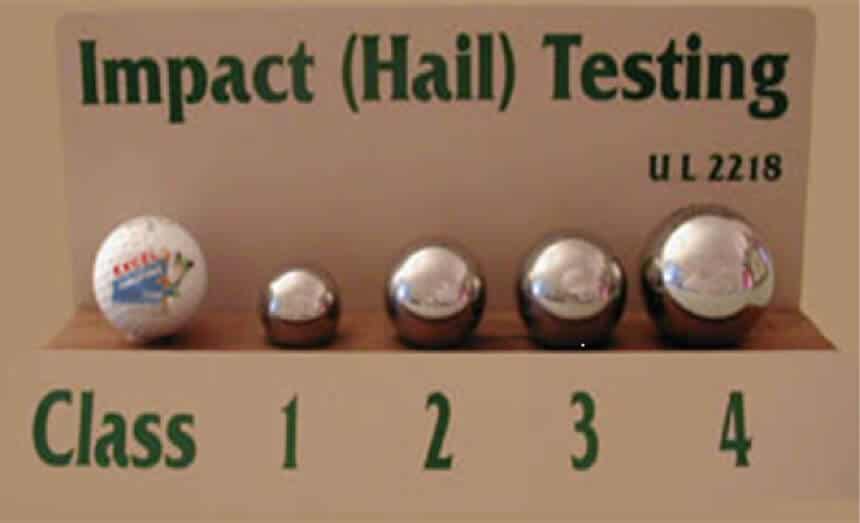What You Should Do If Your House Gets Hit With Hail
Hail season in Colorado is here. It starts in late April and goes on until September or sometimes October. Hail can be damaging to your roof and other parts of the exterior of your home. Normally if the hail stones that fall are .5” or larger this is when you can expect your property to take a beating. In this blog post, we will discuss the necessary steps you should take if your house gets hit with hail, including when to file an insurance claim, how to identify hail damage, choosing the right contractor, mitigating leaks, and the benefits of impact-resistant shingles.
When to file an insurance claim:
After a hailstorm, it is crucial to assess the damage to your property before you contact your insurance company. Most people don’t love being on the roof, if this is you call Excel Roofing to have an expert assess the damage. One of our Project Managers will take a look at the possible damage and give you an honest assessment on if you have enough damage to file an insurance claim. Insurance policies have specific time limits for filing claims after a hail event, so it is essential to act promptly to ensure coverage.
How to tell if your roof has been damaged by hail:
Determining if your roof has sustained hail damage requires a thorough inspection done by someone with trained eyes. Some signs to look for include:
- Bruised shingles
- Dents or divots in shingles
- Missing granules in circular form
- Cracked or split shingles

Choosing the correct contractor:
Use a local contractor with an established track record. A company’s track record is the best indicator of how they are going to perform.
Make sure you get a written bid specifying the materials and costs of the job. This should include all your expectations of the work to be performed.
Read the fine print and do not sign a contract with a cancellation fee. The only reason a cancellation fee is included is to hold you hostage in case you want out of the deal.
Your contactor needs to have liability and workman’s comp insurance. This will protect you if they damage your property or if one of the workers gets hurt.
Make sure your contractor pulls a building permit and has the work inspected.
Most importantly, never pay a contractor any money until the job is finished. Don’t pay for material up front. If things go wrong with the job, you will have all the money to pay someone to fix it. This is the best protection a consumer can have.
If you end up signing a bad contract and want to get out of it. Read our “How to Get Out of a Bad Contract” blog for more information. https://www.excelroofing.com/how-to-get-out-of-a-bad-contract/

Best way to mitigate an active leak:
If your roof develops a leak after a hailstorm, taking immediate action is crucial to minimize further damage.
- Place a bucket under the leak to collect the water and help prevent it from damaging your interior.
- If you see a bubble in your drywall, poke it with a pencil to drain the water out to prevent it from collapsing.
- Contact a professional roofing contractor to assess and repair the damage promptly.
Deductibles are changing, so file a claim now:
Insurance deductibles for hail damage can vary, but it’s worth noting that in recent years many policies have transitioned to a percentage-based deductible, typically around 1% of the insured value of your home. This change means that the deductible amount will increase as the value of your home does. If you’ve been hit by a hailstorm and have significant damage, it is wise to file a claim sooner rather than later to take advantage of the current deductible structure.
Impact Resistant Shingles:
To better protect your home from hail damage in the future, Excel Roofing strongly considers installing impact resistant shingles. These are specially designed shingles that are made to withstand hail impact and are often rated for their resistance to specific sizes of hailstones. Impact resistant shingles can reduce the risk of damage during severe weather events, providing greater peace of mind and lowering your insurance premiums.
Every type of shingle goes through a testing process to receive a rating. Underwriters Laboratories (UL) is a non-profit independent testing organization that provides the knowledge and expertise to help consumers make informed decisions on the best products.
UL developed a test called the UL 2218 Impact Rating to rate the strength of roofing materials. The test uses steel balls ranging from 1.25 inches to 2 inches in diameter that are dropped from various heights.
To meet the acceptance criteria of UL 2218, the roofing material, back surface, and interior layers must show no evidence or tearing, fracturing, cracking, splitting, rupture, or other evidence of opening of the roof covering layer. Based on how the roofing material performs, it will be classified as Class 1, 2, 3, or 4.

Class 4 is earned if the sample does not crack when hit twice in the same place by a 2-inch diameter steel ball. Products that receive a Class 4 rating are the most resistant to hail damage.
Excel Roofing suggests Owens Corning TruDefinition Duration Storm or Flex. These shingles come in a variety of colors. Duration Storm uses an extra backing called a scrim to achieve its rating, and Duration Flex is made with a blend of SBS polymer modified asphalt. This rubber-like material allows the shingle to be more pliable and flexible, making the shingles hail resistant. Both of these asphalt shingles are Class 4 and qualify for an insurance discount with the provided certificate. Talk to your insurance agent about the discounts they might offer. Excel Roofing always provides the Class 4 Roof Certificate if the roof qualifies.
References:
https://www.owenscorning.com/en-us/roofing/blog/roof-hail-damage
https://www.owenscorning.com/en-us/roofing/shingles/trudefinition-duration-storm
https://www.owenscorning.com/en-us/roofing/shingles/trudefinition-duration-flex





